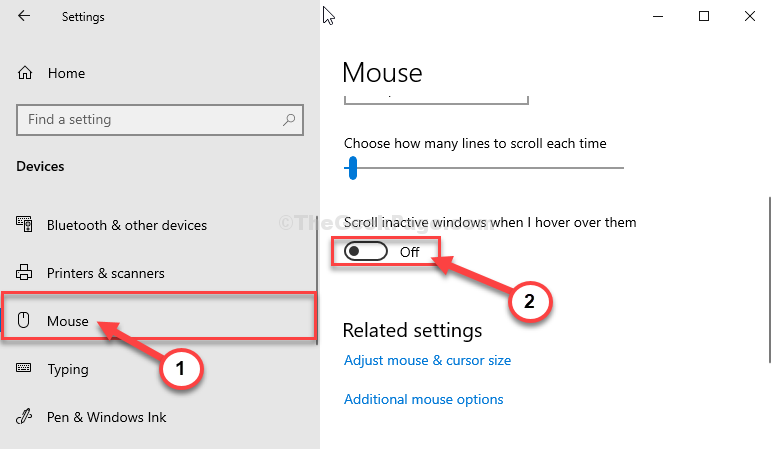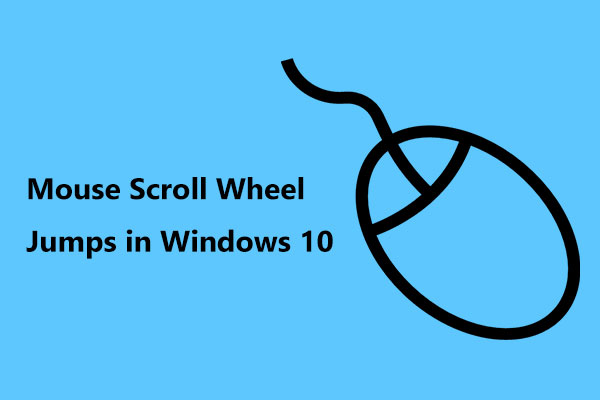


The behaviour must be distinguished from pressing the Pause key during POST or under DOS, which, by default, has the effect of temporarily halting the running process. This behaviour emulates the Hold Screen key or similar flow control mechanisms on computer terminals. If not configured otherwise, Ctrl+ S and Ctrl+ Q can be used instead of Scroll Lock in any terminal in Linux to freeze and unfreeze the terminal output respectively. This allows the user to pause the display and read long messages that scroll through the screen too quickly to read, such as for example when the system is booting up (provided the keyboard driver has already been loaded). When Scroll Lock is pressed again, the screen is unfrozen and all text generated during the freeze is displayed at once.

Pressing the Scroll Lock key in the Linux console while text is scrolling through the screen freezes the console output (but not input) during which no further text is sent to the screen, while the program continues running as usual. While the window scrolling behaviour with Caret navigation disabled (the default) is similar to that suggested for Scroll Lock, enabling Caret navigation will enable a cursor scrolling behaviour as if Scroll Lock were disabled. Some web browsers including Google Chrome, Firefox, and Internet Explorer support a Caret browsing mode which can be toggled by F7. Often, the middle or the wheel mouse button works as a toggle determining if mouse movements will move the mouse cursor or scroll the contents in scroll window. Most GUI environments neglect Scroll Lock, which means scrolling must be accomplished with a mouse, using means such as scrollbars or scroll wheels. Some text editors (such as Notepad++, Microsoft Visual Studio) exhibit similar behavior when the arrow keys are used with Ctrl pressed. Modern programs honoring this behavior include IBM Lotus Notes, Forté Agent, Image-Line FL Studio, Renoise, Microsoft Excel, Microsoft Project, LibreOffice Calc, and on occasions Microsoft Word. Today, this particular use of Scroll Lock is rare. In this usage, Scroll Lock is a toggling lock key like Num Lock or Caps Lock, which have a state that persists after the key is released. When the Scroll Lock mode was on, the arrow keys would scroll the contents of a text window instead of moving the cursor. In the original design, Scroll Lock was intended to modify the behavior of the arrow keys. The Scroll Lock key was meant to lock all scrolling techniques, and is a vestige of the original IBM PC keyboard. 2 Scroll Lock on keyboards without a Scroll Lock keyįunction Window scrolling.


 0 kommentar(er)
0 kommentar(er)
